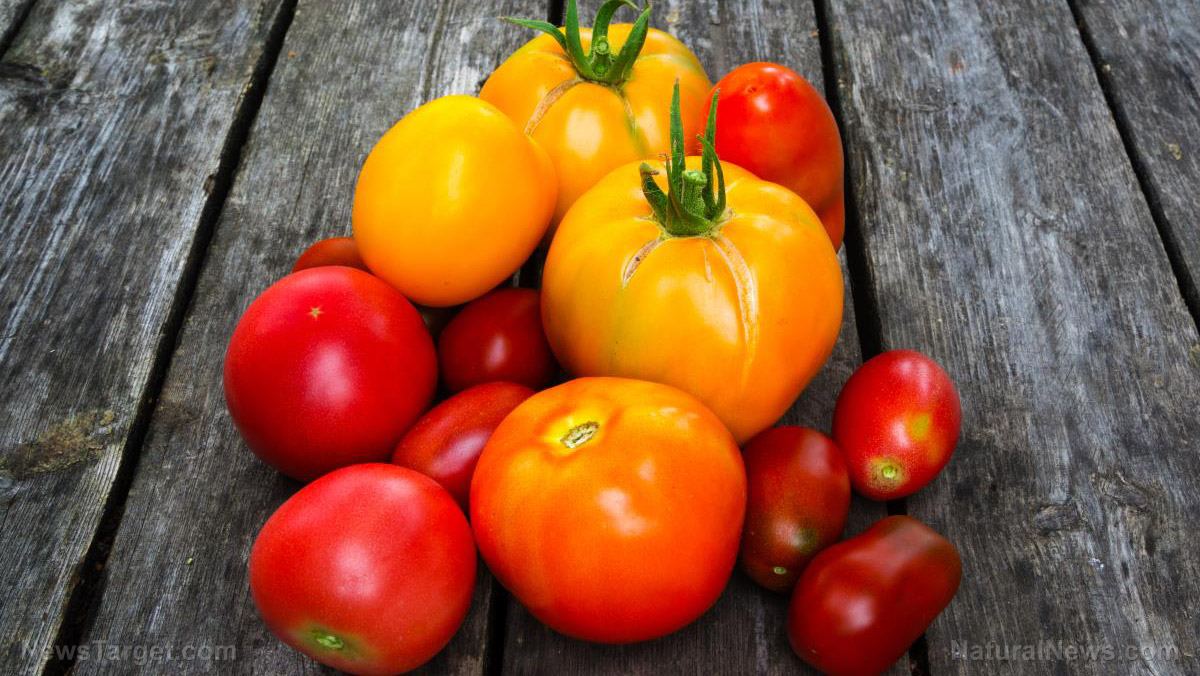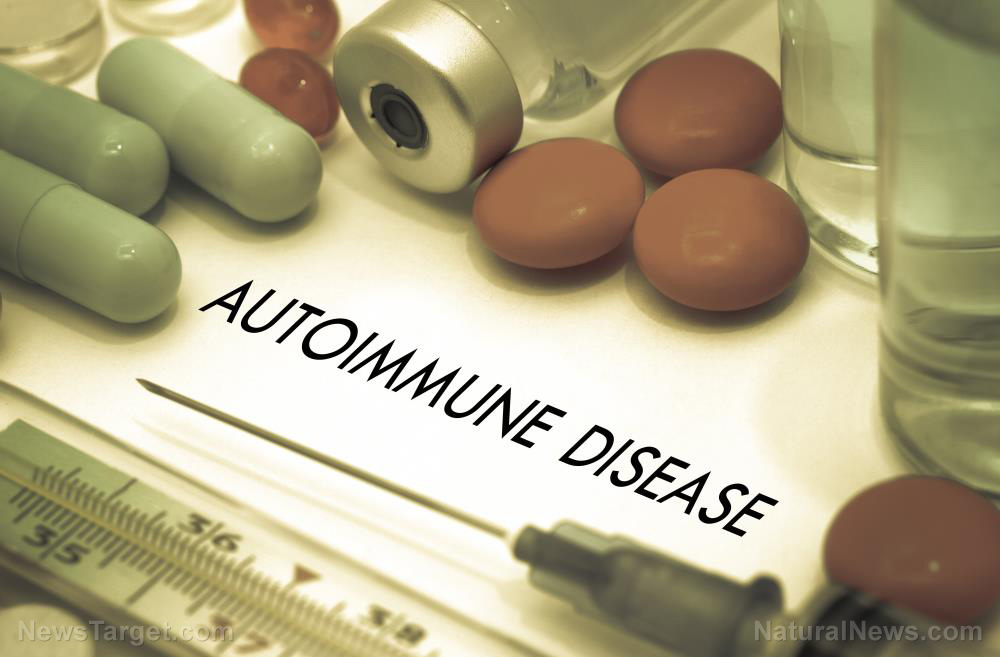
Tomatoes are among the most planted crops in the world – they are produced in literally every continent, even in Antarctica. Tomato is also the biggest vegetable crop, with world production averaging at 100 million tons annually, although other figures climb up to 170 million tons.
The vast demand for tomatoes is mostly based on their remarkable versatility. They are used in practically every cuisine and is an ingredient in a wide variety of products. It is estimated that every year, approximately 40 million tons of the vegetable is processed into tomato-based food items.
Unfortunately, it is usually just the pulp and the juice of the tomato that are used. The skin, seeds, and fibrous matter, accounting for about seven to 7.5 percent of the raw materials, usually end up as scrap. According to the authors of the study, although it is true that these wastes currently have little to no commercial value, their considerable wealth of nutrients makes them ideal for recycling.
The rich nutritional content of tomatoes is no secret. Numerous past studies have confirmed the presence of vitamins, minerals, antioxidants, and other compounds that offer various benefits to the body. What's not as known is that some of these nutrients are more abundant in tomato skin than in the pulp.
To determine just which nutrients are sent to the garbage heap, the researchers collected industrial tomato waste, composed mostly of seeds and skin. These materials were packed, frozen, dried and then milled into a powder. They were then analyzed for their nutritional content.
As per the researchers' analysis, the samples of dried tomato waste contained protein (176.2 grams per kilogram [g/kg]), fat (21.9 g/kg), and crude fiber (524.4 g/kg). The samples also contained ash (42.1 g/kg). A good 34.2 percent of the protein collected from the samples was composed of essential amino acids, the most abundant of which were leucine, lysine, and isoleucine.
A large percentage – 77.04 percent, to be exact – of the fats in the samples were unsaturated fatty acids, with linoleic acid being of considerable quantity. Unsurprisingly, the samples yielded significant amounts of antioxidants, including high concentrations of lycopene (510.6 mg/kg) and beta-carotene (95.6 mg/kg). Finally, the samples were shown to have an average of 1229.5 mg GAE/kg in terms of phenolic content, including ellagic and chlorogenic acids, and flavonoids like rutin and myricetin.
These findings prove that tomato waste is far too valuable nutritionally to be disposed of unceremoniously. The researchers offered possible recycling options, including extracting lycopene and beta-carotene for use as natural colorants or functional food ingredients. They may also be used in food supplements and cosmetic products. (Related: Tomato extracts KILL stomach cancer cells, new study shows.)
Some farms are studying the possibility of using vegetable waste, including that from tomato, as livestock feed. The researchers considered this as well, particularly, using tomato waste as feed for poultry. They did admit, however, that their samples contained far too much crude fiber to serve this purpose well.
Learn about the many ways tomatoes are good for you at Veggie.news.
Sources include:
FAO.org [PDF]
Please contact us for more information.























